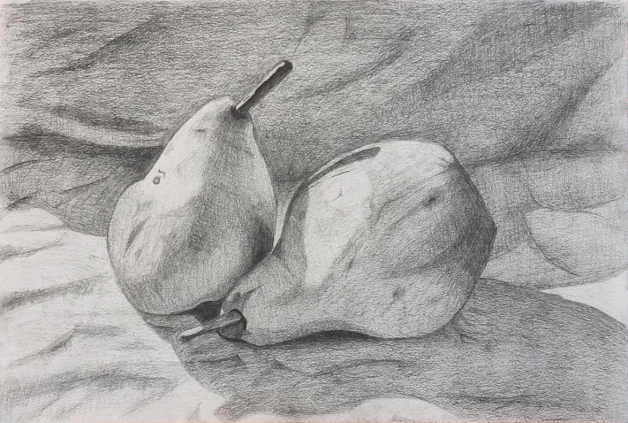Life Drawing - Gestures

Here are 10 sketches I created based on online photos of people posing. Being an online student, I couldn't draw from real models, but it turned out to be a valuable learning experience. I intentionally chose diverse poses, incorporating twists and exaggerations, while following the C.I.S guide, which emphasizes using C, S, or I curves in drawings. I made sure to select images that offered a range of different postures. In the drawing process, I started with a guiding line to capture the movement, then formed a bean shape to outline the torso. Adding curves extending from the bean, I crafted the legs, arms, and neck. Finally, I included a cranial circle as the foundation for the head, refining it into a mannequin-style representation. For the finishing touches, I added shading to give depth, a simple grasp of the scene's lighting, and a rough representation of the muscle grouping. I'm generally satisfied with my gestures, but there's room for improvement, especially i...





